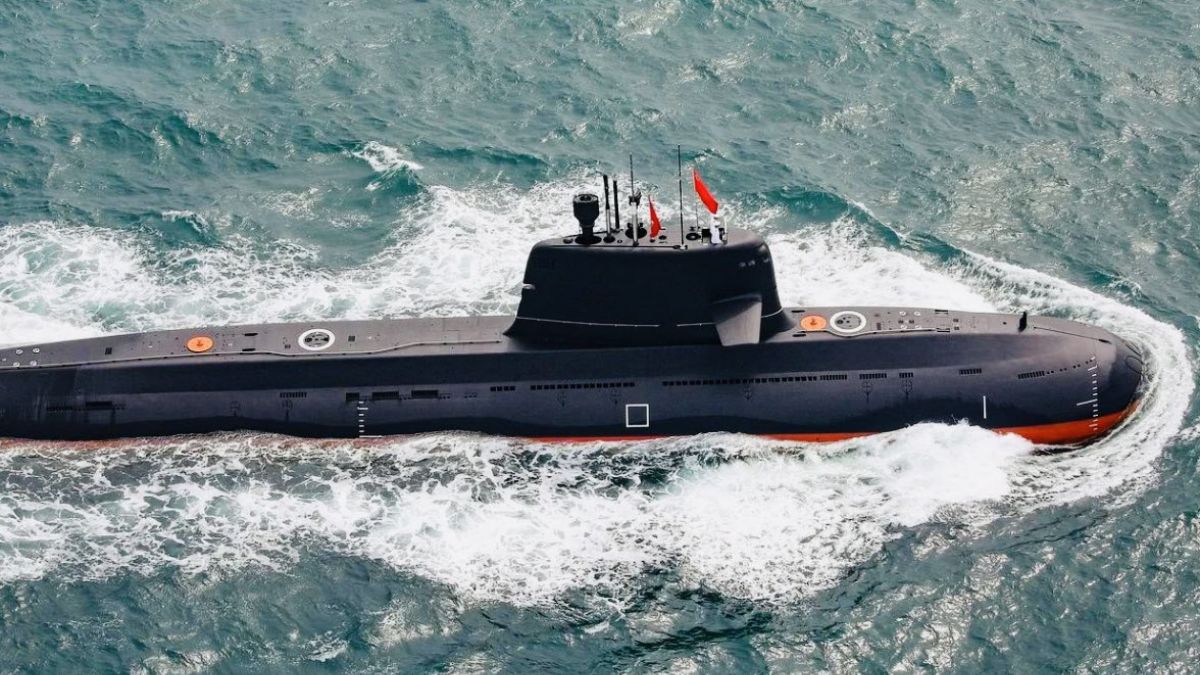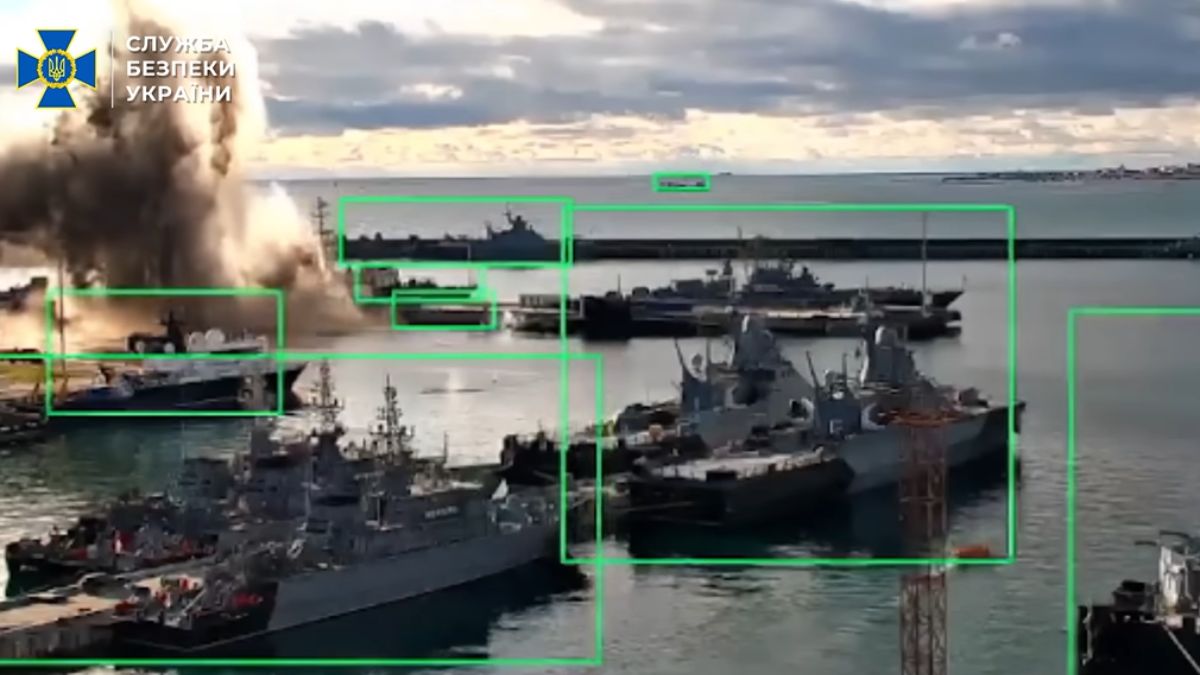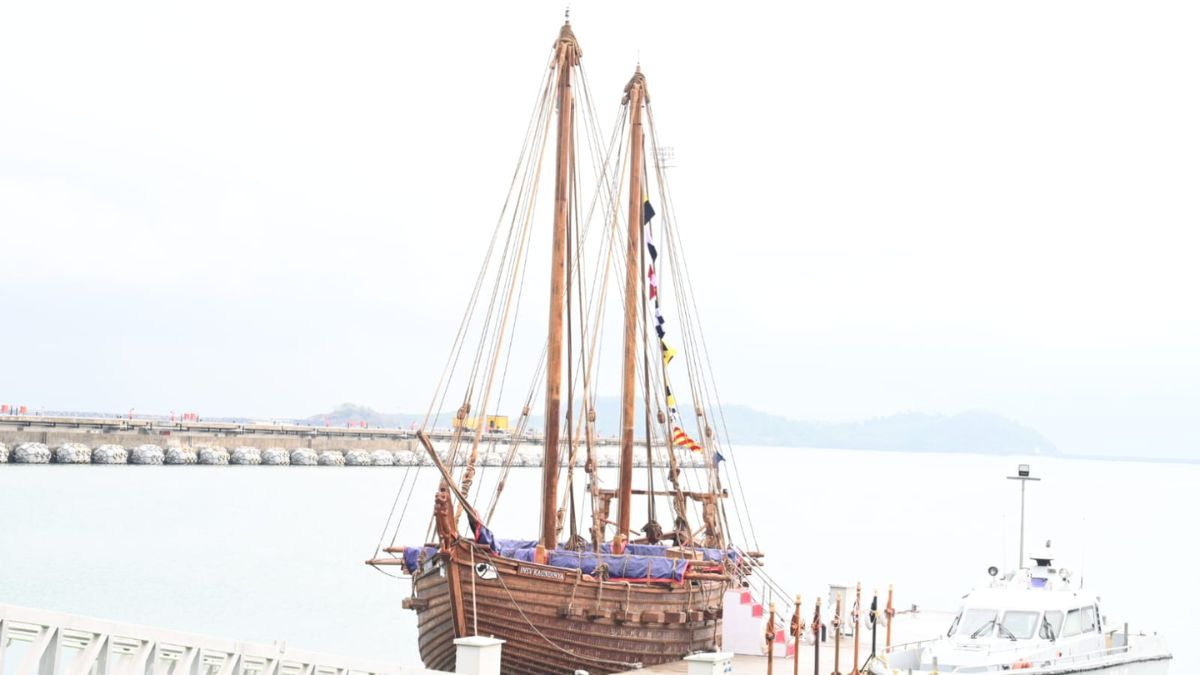Can Pak Navy’s ‘Made in China’ Hangor-class Submarines Hold Up Against India’s ASW Fleet?

Pakistan's 'made in China' Hangor-class submarines are already showing signs of obsolescence even before the full fleet joins Pakistan Navy. Image courtesy: X.com/@Gwadar_Pro
Pakistan appears to be rather proud of the Hangor-class submarines it is set to receive from China. Islamabad had ordered eight of these from Beijing in 2015 for an estimated $4–5 billion, making it the country’s largest-ever defense procurement.
The first submarine was launched almost a decade later in April 2024. The final boats are still not due until 2028.
The delay notwithstanding, big hopes are pinned on the capabilities on these submarines, each of which displaces 2,800 tons submerged and can carry up to 38 crew plus 8 special forces. They are believed to use an air-independent propulsion (AIP) system, likely a Stirling AIP, for greater submerged endurance. That sounds fantastic in writing.
Except, the one naval adversary that Pakistan would need such a big-ticket acquisition against— the Indian Navy— has advanced its anti-submarine warfare (ASW) capabilities so much, these Hangor-class subs can barely hold their water.
What are Indian Navy’s anti-submarine warfare capabilities?
Indian Navy presently fields an integrated ASW network: Kamorta‑class corvettes with hull‑mounted/towed array sonar, Talwar/Shivalik frigates, and a growing fleet of ASW Shallow Water Craft (SWC) such as INS Arnala (commissioned June 2025) with active‑passive Abhay sonar and variable‑depth towed sonars.
These vessels operate closely with P‑8Is, MH‑60R Seahawks, sonobuoys and seabed acoustic arrays. Coordinated “hunt‑and‑kill” groups can localise and engage Hangor‑class submarines with precision.
India’s underwater sensor grid spans seabed cables, listening stations and satellite‑linked networks, especially near maritime chokepoints like Mumbai and the Andaman & Nicobar chain.
Once a P‑8I localises a submarine, its contact is continuously tracked by ships, helicopters, buoys and fixed sensors, leaving few safe refuges for a Hangor to surface or operate undetected.
To add on, while Pakistan waits on submarines whose tech is already outdated by a decade, India is making quick strides. Its ASW advance continues through induction of additional SWCs (16 ASW‑SWC by 2026), upgrades to sonar suites, AI‑enhanced threat analysis, and integration of new platforms. Hangor class, by contrast, will rely on limited sensor fusion and questionable long‑term reliability.
Why is heavy reliance on China for submarines a problem for Pakistan?
There are still more reasons to worry. Pakistan’s Hangor design leans heavily on Chinese technology, including CHD620 diesels and Stirling‑based AIP in lieu of German MTU engines.
Delays in engine supply (due to German export restrictions) forced Pakistan to rely on less mature Chinese diesel designs, intensifying maintenance issues and lengthening induction timelines.
There are recurring concerns regarding the quality, longevity, and reliability of Chinese naval technology. Previous Chinese ships and submarines exported to Pakistan have suffered from persistent engine and systems failures, raising questions about the operational readiness of the Hangor-class.
Given India’s layered, networked ASW architecture which combines aircraft, helicopters, ships, buoys and seabed sensors, stealth gains from Pakistan’s Hangor‑class are severely undercut.
Moreover, dependence on Chinese engines and delayed inductions further erode their operational edge.
India’s indigenous, combat‑proven systems and continuing ASW expansions mean that Hangor may arrive into service already outflanked: a fleet potentially obsolete before it sails.







